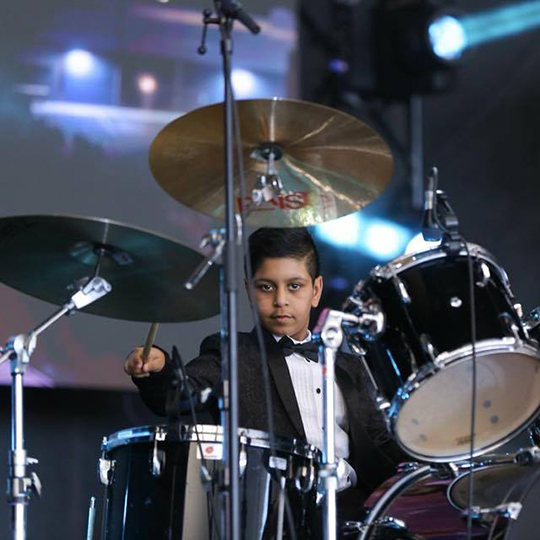Introduction: In the world of percussion instruments, one of the most iconic tools that bring rhythm and melody to life is the humble drum stick. Often overlooked amidst the grandeur of drums and musical performances, these slender wooden extensions are the rhythmic wands that elevate beats and ignite musical passion. Drum sticks serve as an extension of a musician’s soul, allowing them to express emotions and create rhythmic magic that captivates audiences. In this article, we explore the fascinating history, design, and significance of drum sticks, the unassuming yet indispensable companions of drummers around the world.
1. From Ancient Origins to Modern Innovation: The roots of drum sticks can be traced back to ancient civilizations, where they were crafted from materials like animal bones, wood, and bamboo. Over the centuries, drum sticks evolved in design and material, shaped by diverse cultures and musical traditions. Today, modern drum sticks are meticulously crafted with precision to meet the unique demands of various musical genres and playing styles.
2. Anatomy of a Drum Stick: A standard drum stick consists of three primary parts: the tip, the neck, and the butt. The tip, often rounded or pointed, comes into contact with the drum’s surface, producing different sounds and tones. The neck is the slender portion that drummers hold and control while playing, while the butt, on the opposite end, provides balance and weight distribution.
3. A Palette of Sounds: Different types of drum sticks offer varying sounds and tones. For instance, thinner sticks provide a brighter and more delicate sound, ideal for jazz or light rock genres, while thicker sticks offer a deeper and heavier tone, suitable for heavy metal or hard rock styles. The material and shape of the tip also influence the drum’s sound, allowing drummers to create a diverse palette of rhythmic expressions.
4. Playing Styles and Techniques: Drum sticks play a crucial role in determining a drummer’s playing style and technique. Traditional grip and matched grip are the two primary methods by which drummers hold their sticks, each offering unique advantages and nuances in playing. Additionally, specialized techniques such as ghost notes, rolls, and paradiddles demonstrate the versatility of drum sticks in producing intricate rhythms and patterns.
5. The Connection Between Drummer and Stick: For drummers, the drum stick becomes an extension of themselves, with each strike on the drum reflecting their emotions and musical expression. The connection between drummer and stick is deeply personal and forged through hours of practice and performance. This bond is what allows drummers to communicate their innermost feelings through the rhythmic language of music.
6. Innovation and Customization: In the modern era, innovation has led to the introduction of drum sticks made from various materials, including carbon fiber, nylon, and composite blends. Drummers also embrace customization, opting for signature series sticks tailored to their preferences and playing styles. Personalized drum sticks bear the imprints of a musician’s name, logo, or unique artwork, adding an element of identity to their rhythmic tool.
7. Drum Sticks: A Universal Symbol of Rhythm: Across cultures and genres, drum sticks symbolize the universal language of rhythm. They bring drummers together, transcending linguistic barriers, and uniting musicians in a shared passion for percussive expression. Whether in the heart of a jazz club, on a grand concert stage, or amidst a vibrant street performance, drum sticks weave a rhythmic tapestry that connects people through the magic of music.
Conclusion: Drum sticks may seem unassuming, but they hold the power to shape rhythms, convey emotions, and ignite musical passion. From ancient origins to modern innovation, these slender wooden tools have played a significant role in the evolution of music and percussion. As they dance on drumheads, cymbals, and surfaces, drum sticks become the rhythmic extension of a musician’s soul, connecting them to the essence of music itself. These unassuming companions of drummers around the world remain the timeless symbols of rhythm and continue to inspire rhythmic brilliance in the hearts and minds of musicians and audiences alike.

